Sriracha, the famous made-by-Vietnamese chili sauce and the "my way" business philosophy
(VNF) - Sriracha commands a fervent following in the United States. Fans make movies about the stuff; five-star restaurants offer it. One 17-ounce bottle of American Sriracha costs nearly $5, around $2 more than the Thai version and five times as much as some Vietnamese hot sauce brands. What make it so special?
 |
Vietnamese grocery stores like this one in Ho Chi Minh City are stocked with chili sauces. (Jessica Meyers / Los Angeles Times)
Early day
The American Sriracha chili sauce was actually invented by a Vietnamese man named David Tran.
Hot sauce creator, David Tran, began his chili making mastery in 1975 in Vietnam. During his humble beginnings, the unsurpassable genius produced his first hot sauce called Pepper Sa-te. He filled his Sa-te sauce in recycled glass baby food jars that then was sold and delivered by family members via bicycle.
A few years later, Tran immigrated to the US and started right away doing what he did best -- making hot sauce. In 1980, he started his chili legacy in a 5,000 sq foot building nestled near Chinatown in Los Angeles
He made his first sauces by hand in a bucket. Tran called one Sriracha, a version of the Si Racha chili sauce that traces back to a coastal town in Thailand.
|
|
David Tran's company, Huy Fong Foods Inc., is moving to a $40-million, 655,000-square-foot facility in Irwindale that could triple its production capacity. (Gina Ferazzi, Los Angeles Times)
His creations included his Pepper Sa-te Sauce, Sambal Oelek, Chili Garlic, Sambal Badjak and Sriracha Hot Sauce.
His had a deep red hue, a thick river of garlic, distilled vinegar and jalapeno peppers poured into a plastic bottle with a green top and a rooster logo.
He was quite content just to sell whatever he could produce each day and deliver them to Asian restaurants and markets in his blue Chevy van - often driving as far as San Francisco and even San Diego. Believe it or not, Tran actually hand painted his first hot sauce logos onto that blue Chevy van himself! At that time, little did Tran realize his delectable sauces, particularly the iconic Sriracha Hot Sauce, made from just fresh jalapeño chili peppers, would spread like HOT wild fire...
Soaring
Unbelievably, sales, especially Sriracha sales, had continued to soar like a rooster on steroids - almost seemingly out of control. 'Quite amazing', Tran recalls, given the fact that the Huy Fong Sriracha (Huy Fong Foods Inc, founded by David Tran, is the company producing Sriracha sauce) had been affectionately named by employees as the 'secret' sauce. Why? No one had ever been invited to see Huy Fong's productions or operations in Rosemead. It was quoted by someone that it was easier to get into the Pentagon than into Huy Fong. And also, to this day, the company still can boast that it has never advertised its products, nor does it employ one single salesperson - the existence of the secret sauce is only spread by word of mouth -- the 'secret' sauce sells itself...

The maker of the original Sriracha sauce never trademarked his product, so rivals cannot only duplicate the sauce, but also label it Sriracha. (Jessica Meyers / Los Angeles Times)
Price it right: Tran had just one guiding business principle: "Make a rich man's sauce at a poor man's price." In more than two decades of operation, Tran has kept the wholesale price of his sauce constant, but he would not disclose it. A 28-ounce bottle goes for about $4, depending on the retailer.
"My American dream was never to become a billionaire," Tran said. "We started this because we like fresh, spicy chili sauce."
That means cranking up the chili content of each bottle and making sure each pepper is as hot as possible, Tran said. As the company grew, Huy Fong Foods developed a relationship with a supplier in Ventura County and carefully monitored the entire growing process from seed to harvest.
Now, each chili is processed within a day of harvesting to ensure peak spiciness.
Being flexible: In 2007, the company oversold its sauces and ran out of the peppers with three months left in the year. Stores marked up their prices and many started to hoard the sauce, Huy Fong's office manager Donna Lam said.
Under immense pressure from customers, Tran considered his possibilities. He could buy supermarket jalapenos, but that left no way to predict the heat of the sauce. Brined peppers were also out of the question — who knew how those had been grown?
So, Huy Fong Foods went to each of its customers and asked them to wait — and they did. "We didn't lose any customers," Lam said.
Now the company sets a monthly production quota for each sauce. Every bottle of sauce produced already has been sold, Lam said.
Keep calm amidst competition: The popularity of Huy Fong Foods' Sriracha sauce has spurred many copycats and competitors. Because the sauce is named for the Thai city, the company cannot trademark the name.
Roland Foods in New York makes its own variety, Sriracha Chili Sauce, in a similarly shaped yellow-capped bottle featuring two dragons instead of a rooster. Frito-Lay is testing a Sriracha-flavored potato chip, and Subway is experimenting with a creamy Sriracha sauce for sandwiches.
But Tran said he's not bothered by the fact that others are trying to capitalize on the market his sauce created.
"We just do our own thing and try to keep the price low," Tran said.
Revenue grows about 20% a year even with all the competition. Huy Fong Foods has never spent a dollar on advertising./.
( VNF )
Recommended
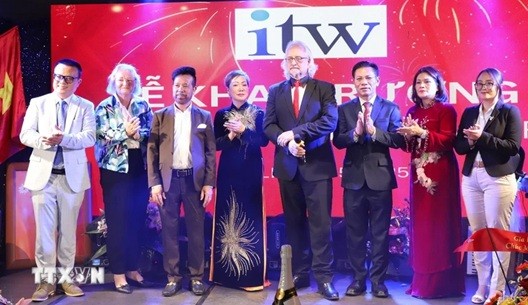 Overseas Vietnamese
Overseas Vietnamese
Language and Vocational School for Vietnamese launched in Germany
 Overseas Vietnamese
Overseas Vietnamese
A Heart-warming International Children's Day in Abyei
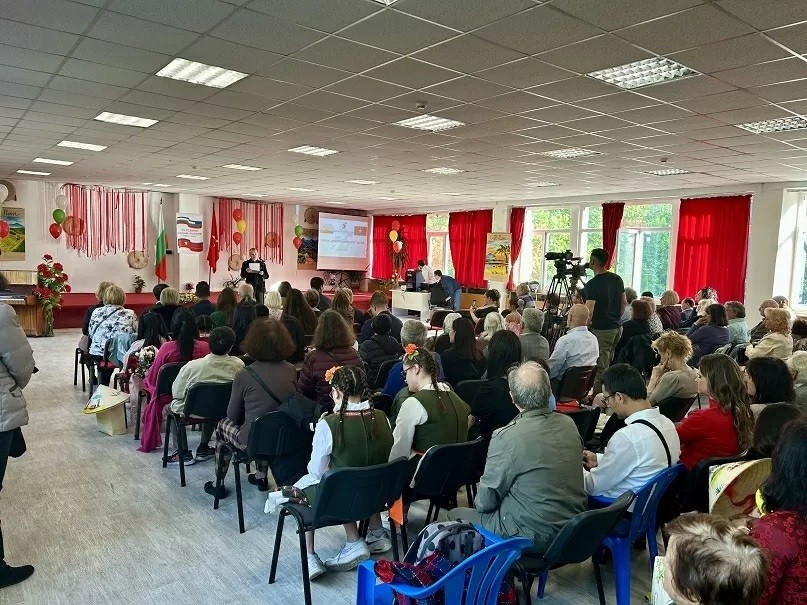 Overseas Vietnamese
Overseas Vietnamese
Art Program Deepens Vietnam-Bulgaria Cultural Exchange and Friendship
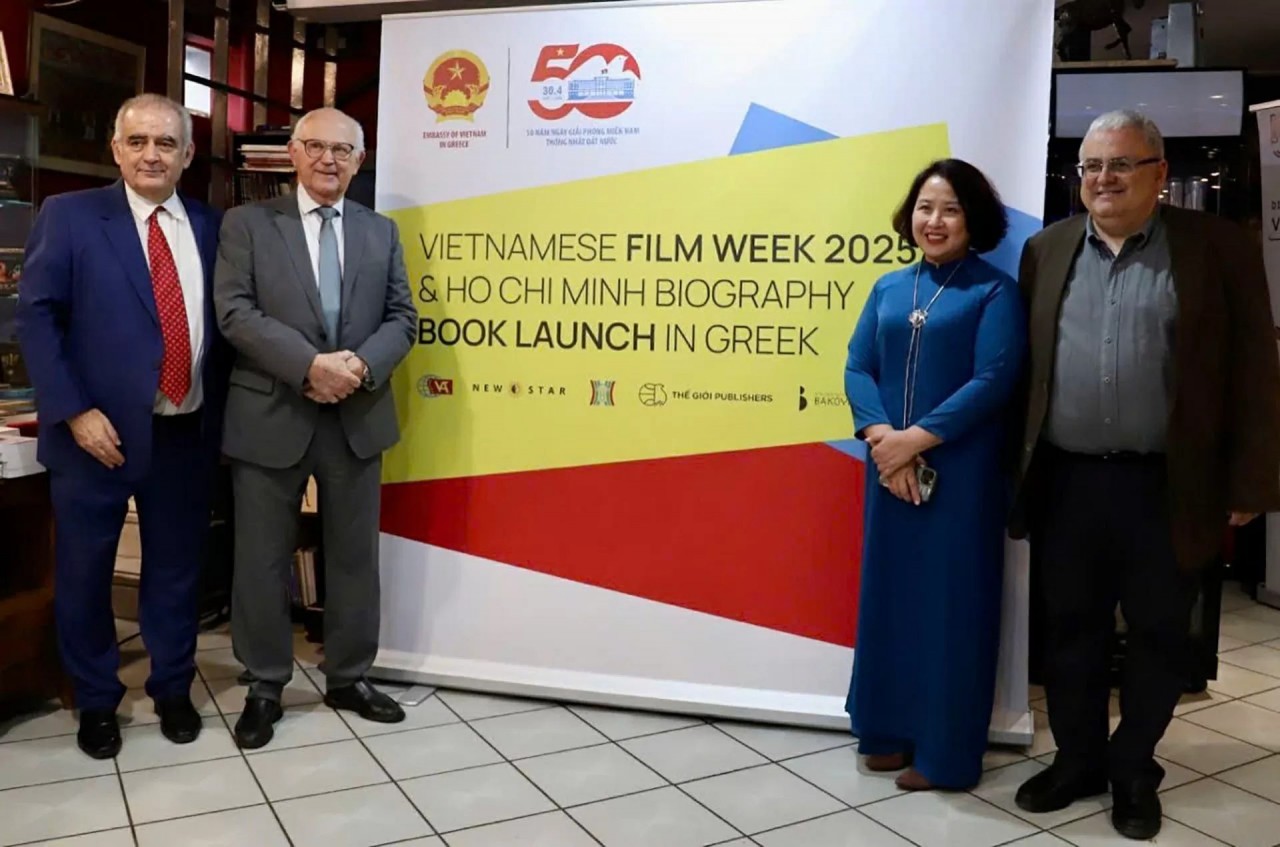 Overseas Vietnamese
Overseas Vietnamese
First Vietnamese Film Week Opens in Greece
Popular article
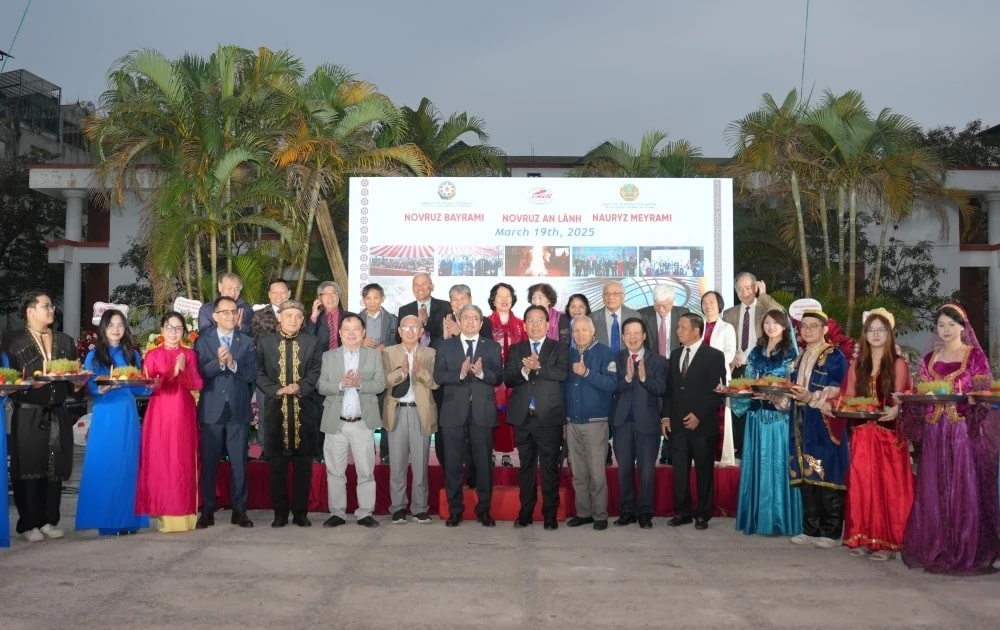 Overseas Vietnamese
Overseas Vietnamese
Strong Bonds Between Vietnam And Belarus, Azerbaijan, and Kazakhstan
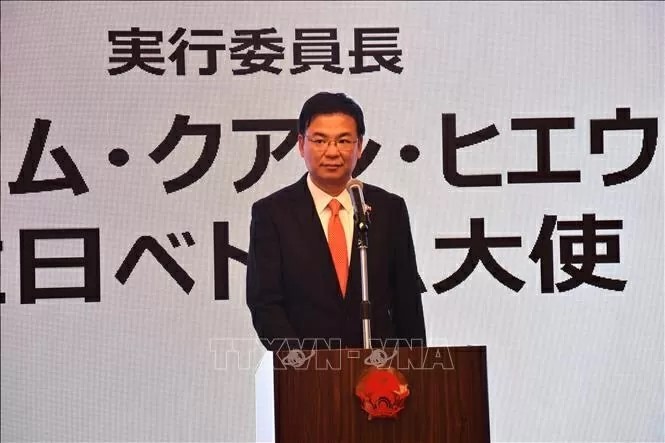 Overseas Vietnamese
Overseas Vietnamese
Vietnam Festival in Tokyo To Be Held for 18th Time
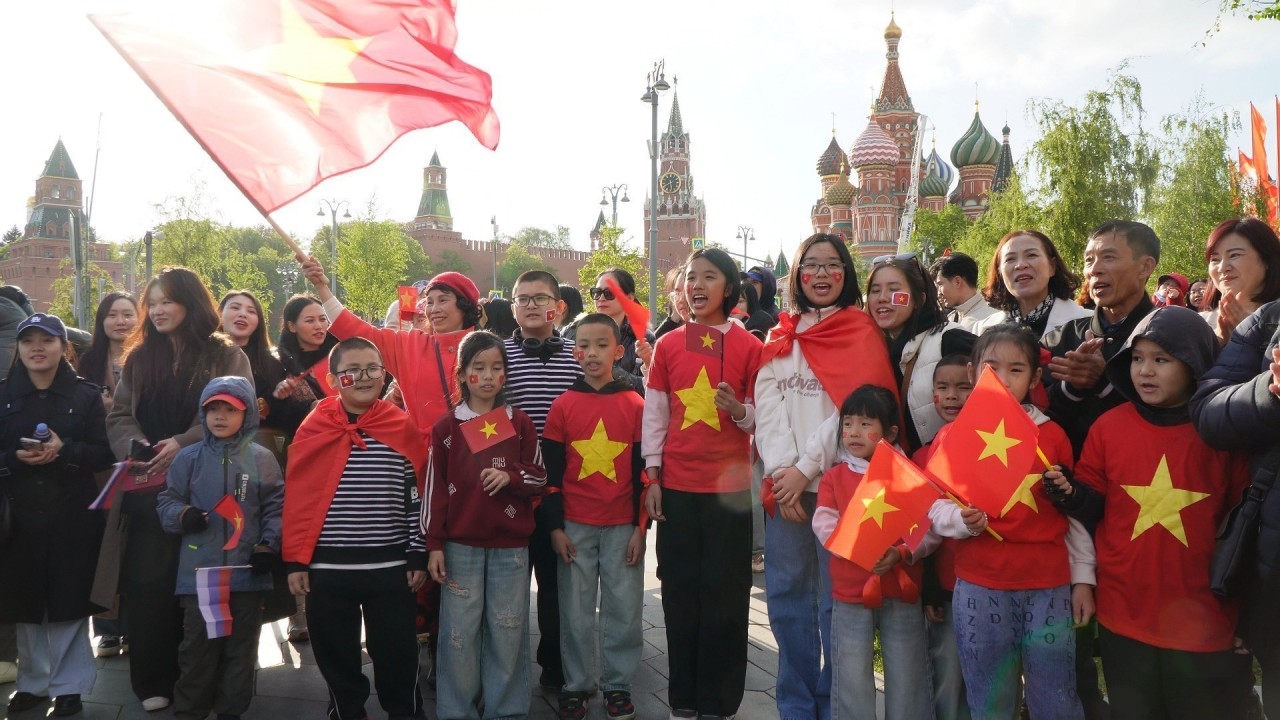 Focus
Focus
Overseas Vietnamese in Russia Welcome Vietnam People's Army Delegation at Red Square
 Overseas Vietnamese
Overseas Vietnamese



